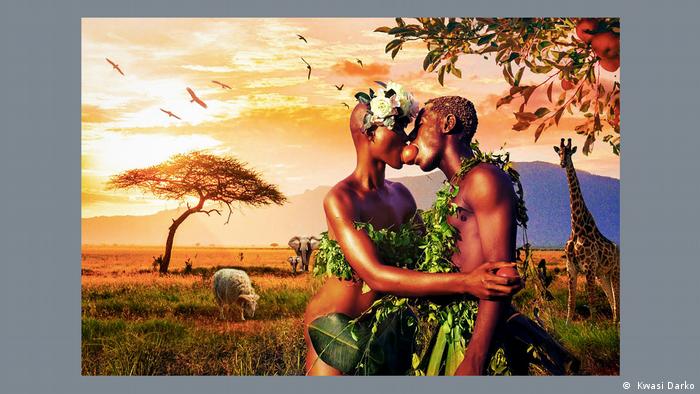Imagine that, artistic objects have a soul, and could feel emotions like suffering, sadness, and loneliness - that is what the Ghanaian author and filmmaker Nana Oforiatta Ayim envisioned when she curated the exhibition "EFIE: The Museum as Home," at the Dortmunder U culture center.
Efie, in the Twi language, means home, says Nana Oforiatta Ayim. "Historically when we had objects, it wasn't that they were like inanimate things to be put in glass cases - they have a spirit, they were dynamic, they were alive, and the structures they were in were homes for them," she told DW.
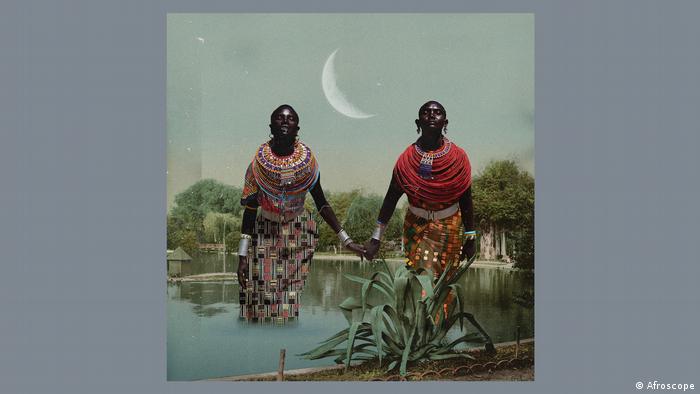
A space of healing
In the show, Ayim juxtaposed works by contemporary artists with historical artifacts on loan from German collections. Home, and the loss of home, is the theme that spans past and present.
Ayim created a special space for the historical artworks, what she calls "a kind of space of healing, a home." European museums traditionally present art in a value-neutral way - sculptures stand next to each other in display cases, illuminated by a spotlight. Ayim's exhibition wants to allow a subjective view of the objects to give them back their soul.
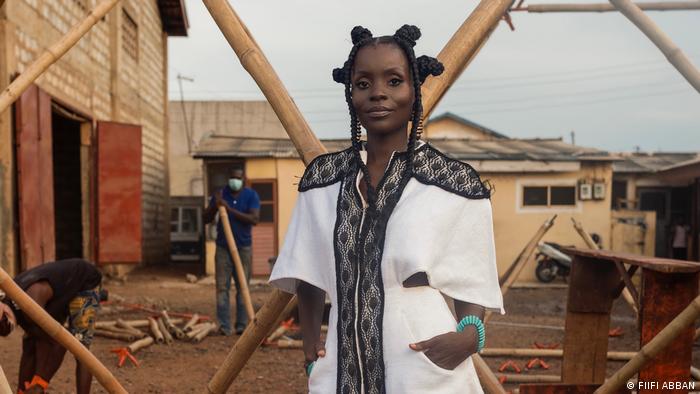
Nana Oforiatta Ayim's preoccupation with art from a colonial context is no coincidence, as she serves as Ghana's commissioner for restitution. She is largely responsible for creating strategies for the restitution of looted art from Ghana.
What is most important is to come to terms with history and regain control over one's own narrative, she says, pointing out that the objects were stolen using varying degrees of violence. "There's a separation that's happened between us and our histories and our narratives." Ayim hopes to help ease the pain of separation by inserting this "in-between step before the objects come back [to Ghana]."
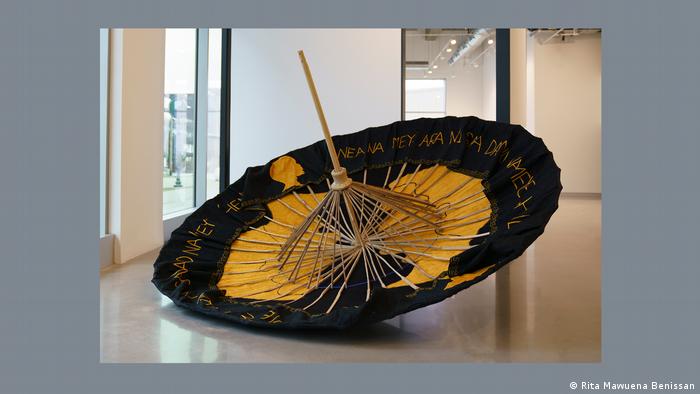
Reclaiming one's own history is an issue the eight contemporary artists Ayim has selected for the Dortmund show focus on, too.
Kuukua Eshun "has made a really haunting, beautiful film about women who have gone to various levels of physical abuse and how these women have made their bodies into their homes again," points out Ayim.
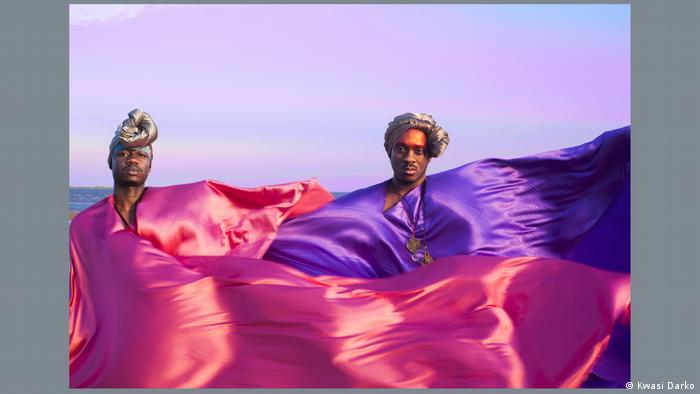
The show also presents works by Afroscope, El Anatsui, Diego Arauja, Rita Mawuena Benissan, Kwasi Darko, Na Chainkua Reindorf and Studio Nyali, contemporary artists with different perspectives of the concept "home." Their art is embedded in a mobile bamboo structure within the exhibition, the "fufuzela," that can be expanded when needed and used for a variety of projects.
Mobile museums
DK Osseo Asare, an architect, originally developed the fufuzela for Ayim's mobile museums in Ghana.
With these museums built in the style of typical Ghanaian kiosks, Ayim - who was raised in Germany but now lives in Ghana's capital Accra - wants to bring art closer to her fellow countrymen again: "We do have a national museum in Ghana. It's been closed for a while now, but even when it was open, it was primarily for tourists, maybe school children," Ayim says.
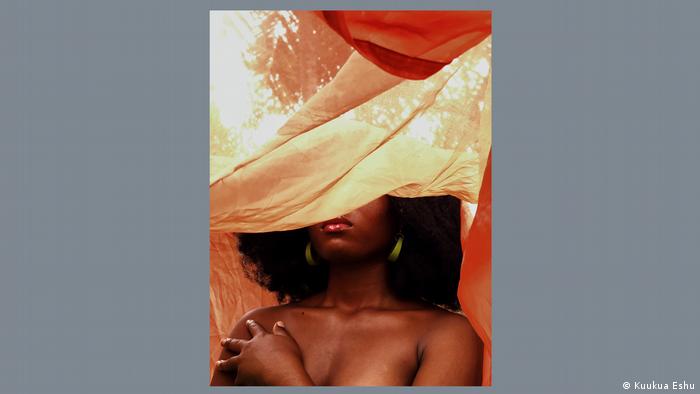
People don't feel connected to the museum, but they will come to cultural festivals by the thousands, she adds, arguing that it's not a lack of interest, but the form of presentation.
Ayim wants to use her exhibitions to question the traditional understanding of museums and to introduce new perspectives. It's a concept that works, whether in Ghana or in Germany.
Latest Stories
-
Energy and Finance Ministries must provide funding to fix energy challenges – IES
7 mins -
Reintroduce Fiscal Responsibility Act to tackle election budget overrun – Osafo Marfo
8 mins -
Prioritise transparency, avoid suppressing the truth – Opoku-Agyemang advises EC
14 mins -
In times of setbacks, I won’t say I was only the driver’s mate – Naana Jane assures Mahama
15 mins -
Joselyn Dumas opens up on why single mothers struggle to find partners
18 mins -
Three damaged ECG pylons result in power outage for 9 Shama communities
20 mins -
Dual citizens eligible for Chief Justice, Chief Director, other positions – Supreme Court rules
1 hour -
SIGA urges increased financial support for SOEs
1 hour -
Akufo-Addo vows to enhance Ghana’s power supply
2 hours -
19 steps for getting over even the most devastating breakup fast
4 hours -
8th Ghana CEO Summit launched with focus on AI transformation, economic diversification
4 hours -
Prof Opoku-Agyemang has not been given a fair appraisal – Ablakwa
5 hours -
Rainstorm wreaks havoc in Keta and Anloga districts, residents count their losses
5 hours -
Global Plastics Treaty negotiations begin in Ottawa as countries converge on phasing out problematic plastic uses
5 hours -
Support energy alternatives adoption to sustain businesses – GUTA tells government
5 hours

